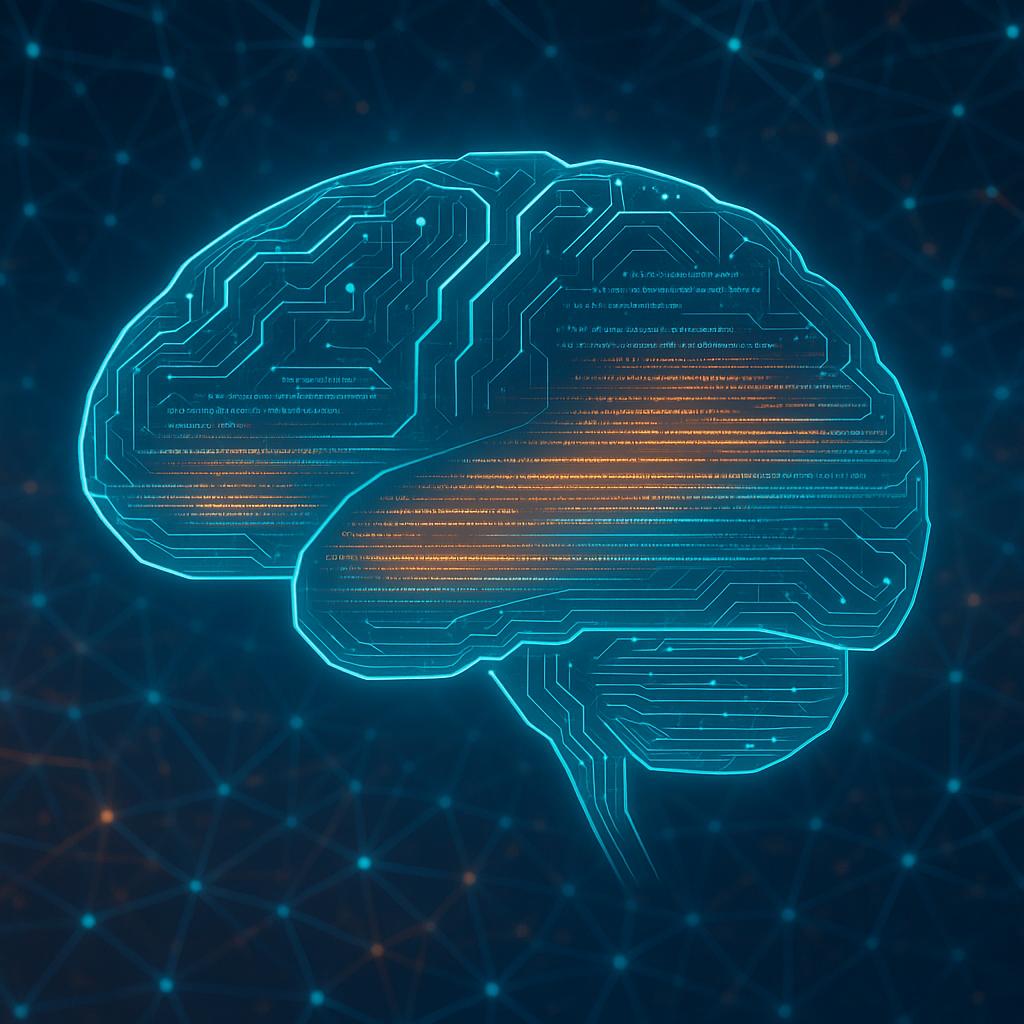The success stories of ImageNet, AlphaGo, and the latest NLP models have shifted the perception of AI from speculative hype to a reliable, ever-evolving technology with vast potential.
Large language models powered by the transformer architecture, demonstrated remarkable performance in understanding and generating human language. These models were able to answer questions, translate languages, summarize text, and even hold conversations, tasks that had long eluded previous generations of AI.
At the same time, these advances raise new questions about bias, transparency, and the broader impacts of AI on work and society. As adoption grows and capabilities expand, the story of AI is no longer just about engineering smart systems—it is about how these systems change the way people live and what comes next.
The Language Turn: NLP Steps into the Spotlight
Between 2016 and 2020, the field of artificial intelligence experienced a significant shift known as “the language turn,” with natural language processing (NLP) taking center stage. Previously, much of AI’s progress had relied on advances in image and speech recognition powered by deep learning. However, during these years, breakthroughs in NLP brought new possibilities for AI’s ability to interpret, generate, and reason with human language.
A key catalyst for this evolution was the introduction of the transformer architecture, unveiled in the landmark 2017 paper “Attention Is All You Need.” This innovation introduced attention mechanisms that enabled models to process language more efficiently and effectively than previous methods, transforming how AI understood and generated text.
BERT and GPT
Several important events built on this foundation. Google’s release of BERT (Bidirectional Encoder Representations from Transformers) in 2018 revolutionized NLP by allowing models to grasp the subtle context of words within sentences. BERT’s transformer-based design enabled the model to consider the meaning of a word based on its surrounding text, resulting in much more accurate language understanding and establishing new standards across a range of linguistic tasks.
At the same time, OpenAI’s early work on Generative Pretrained Transformers (the original GPT) highlighted the potential of transformer-based language models for text generation and comprehension. These models leveraged massive datasets and robust computing power, which enabled systems to summarize documents, answer questions, and write coherent paragraphs that appeared authentically human.
The impact of these developments was profound. NLP systems began to match and sometimes surpass human-level performance on tasks such as reading comprehension, sentiment analysis, and conversational dialogue. Practical applications appeared quickly, from smarter virtual assistants and automated translation tools to improved search algorithms and real-time content moderation.
Together, these advances established NLP as one of the most transformative areas in artificial intelligence. They demonstrated that understanding and generating human language is possible for machines.
AI in the Mainstream: ChatGPT and the Public Awakening
When OpenAI introduced GPT-3 in 2020, it represented a major leap forward in language modeling. GPT-3’s unprecedented size and versatility allowed it to generate human-like text, answer a wide range of questions, and perform complex language tasks with minimal instruction. However, its initial interface was largely reserved for technical users and developers through an API, keeping its full capabilities somewhat behind the scenes.
That changed dramatically with the release of ChatGPT in late 2022. ChatGPT took the raw power of GPT-3 and wrapped it in a simple, conversational interface available to anyone with internet access. Suddenly, anyone could chat with a powerful AI system, ask questions, seek writing help, or explore new ideas, all through a familiar messaging-style format. This user-friendly approach fueled a viral surge: millions of people flocked to ChatGPT within days, and it quickly became the fastest-growing consumer application in history.
Transforming GPT-3 into ChatGPT involved more than just opening up access. OpenAI fine-tuned the model with human feedback, helping it better understand context, reduce inappropriate outputs, and carry natural conversations across a variety of topics. The result was a system that felt surprisingly responsive and approachable, capable of, for example, summarizing articles, generating poetry, coding assistance or language translation.
No longer a tool just for researchers or programmers, large language models became an everyday companion. They reshaped education, creativity, problem-solving, and even how people interact online. In making AI conversational, OpenAI bridged the gap between advanced technology and accessible human experience.
AI in Everyday Life: Applications and Impact
Artificial intelligence is integrated into many aspects of daily routines, often unnoticed by most users.
- Voice assistants like Siri and Alexa help manage calendars, control smart devices, and answer questions using real-time data.
- Recommendation systems sort streaming content, suggest purchases, and personalize news feeds based on individual habits.
- In healthcare, AI systems can help analyze medical images, predict patient risk scores, and streamline administrative work.
- Businesses rely on chatbots for customer service and AI tools for marketing and administrative tasks.
- AI models are used in fraud detection for financial transactions, supply chain optimization, and dynamic pricing in e-commerce.
- In education, adaptive learning platforms use language models to adjust material to student progress.
- AI also shapes transportation, with vehicles using machine learning for navigation and driver-assist features.
As AI adoption continues, these tools influence efficiency, productivity and convenience. At the same time, they prompt debates over transparency and data privacy.
Challenges and Ethical Considerations in Modern AI
Modern AI systems, especially large language models, face ongoing challenges with fairness, transparency, and accountability.
Bias in training data can lead to harmful stereotypes or unjust outcomes. Many AI models are “black boxes,” making it hard for developers and users to understand or explain decisions, which complicates oversight and trust.
There are also genuine concerns about data privacy as language models learn from massive amounts of personal and public data. Vulnerabilities like adversarial attacks raise security risks, opening opportunities for misuse and manipulation.
The widespread adoption of generative AI introduces new dilemmas around copyright and ownership of created content. Policymakers and technologists debate how to regulate the rapid development and deployment of advanced AI, seeking a balance between innovation and public safety.
As these systems become part of critical decisions in finance, healthcare, and law, ethical standards and independent evaluations are increasingly essential.
The Road Ahead: Future Trends and Possibilities
The future of AI will be defined by advancements in both technical capabilities and responsible integration.
Researchers are developing models that reason more reliably, operate across languages and modalities, and learn with less data.
- Multimodal systems (combining text, voice, imagery, and video) will make AI assistants truly interactive.
- Smaller, specialized models will deliver privacy-focused, efficient solutions for fields like healthcare and cybersecurity.
Autonomous systems, from vehicles to robots, are being tested for real-world use, with emphasis on reliability and safety.
Meanwhile, regulations around transparency, data protection, and fair use are becoming more concrete. This shapes how AI reaches consumers and businesses alike.
Teams are also working on ways to align AI objectives with human values, minimizing harmful outputs and misuse.
As tools become more accessible, new opportunities for education, innovation, and business will appear.
Closing the Series: What We’ve Learned
The evolution of artificial intelligence spans centuries.
It begins with early myths of mechanical beings in ancient cultures, progresses through foundational theories of logic and computation in the 19th and 20th centuries, and advances with the invention of the programmable digital computer.
The formal field of AI was established in the mid-20th century through pioneering research and experimental programs. After periods of optimism and setbacks, breakthroughs in machine learning, neural networks, and deep learning have brought AI from theoretical exploration to practical applications that shape daily life.
Today, modern AI, including language models and generative systems, integrates into diverse industries and everyday technology, with ongoing discussions about ethics, safety, and societal impact guiding its future development.



